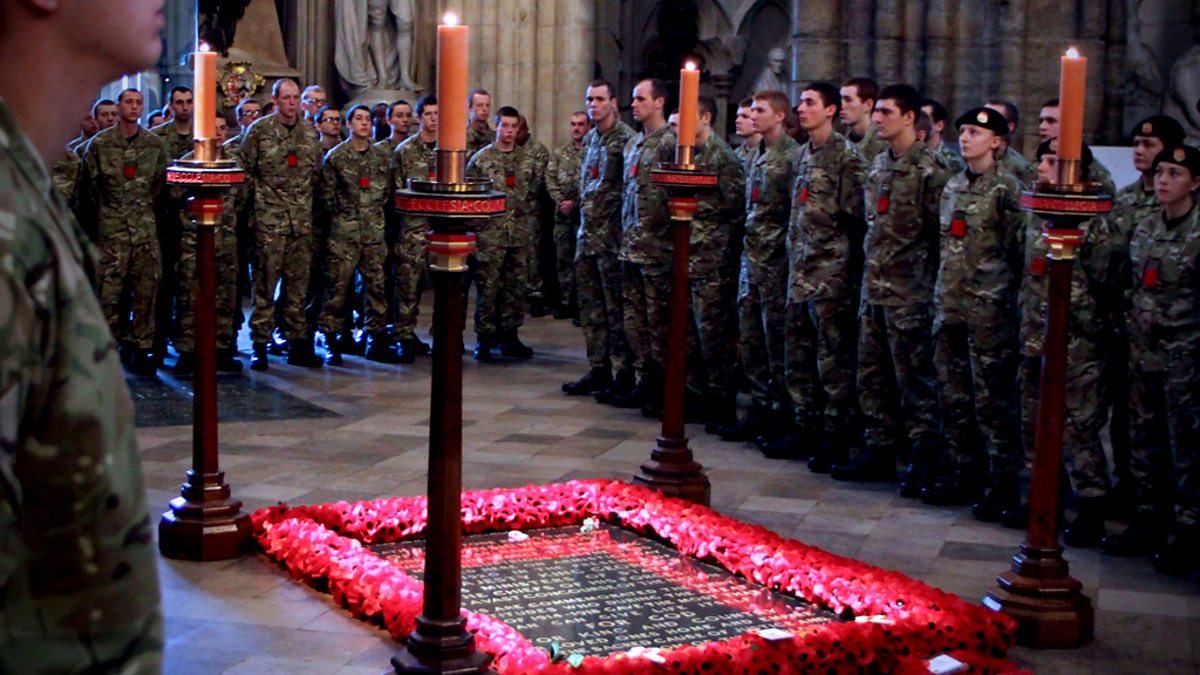Originally posted by teamsaint
View Post
But why not have the government pay for everything people like doing - going to the football, going to the pub, going shopping?


Comment